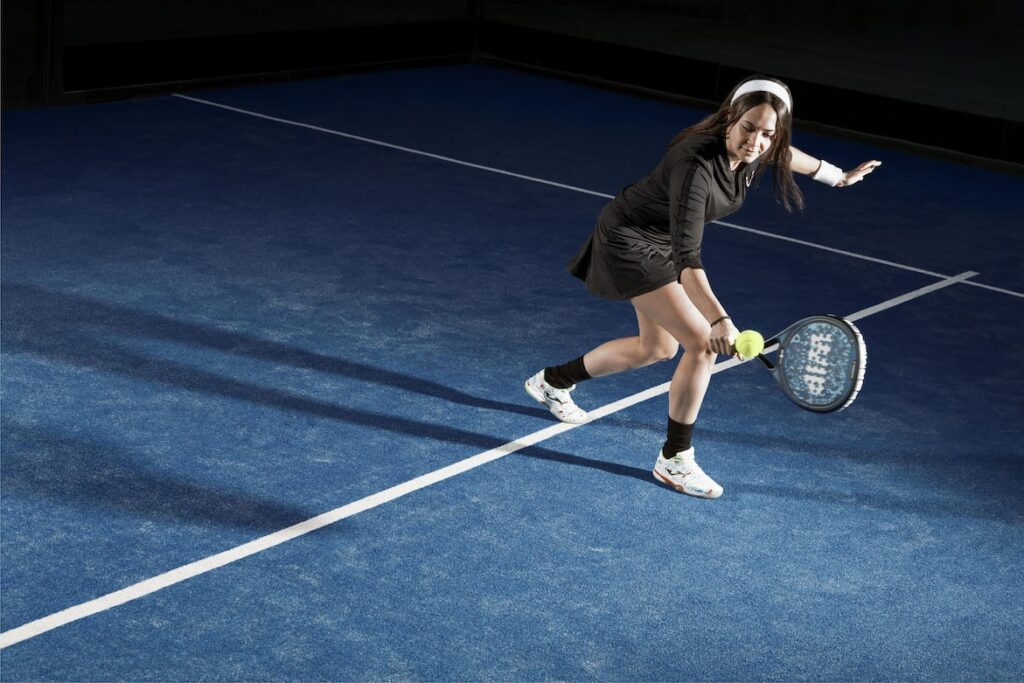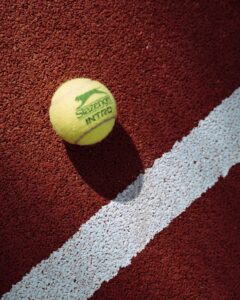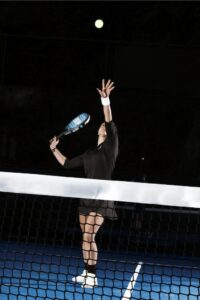Mastering the Rules of Padel: Everything You Need to Know About the Serve
3 min read
Mastering the Rules of Padel: Everything You Need to Know About the Serve
As with any sport, mastering the rules of padel is crucial to becoming a skilled and successful player. And, as in any racket sport, the serve is one of the most important aspects that you need to master in order to be on top of your game. In this post, we’ll explore everything you need to know about the rules of padel serve.
The basics of padel serve
First, let’s go over some of the basics. The serve is the very first shot of every point, and it’s executed from behind the baseline, diagonally into the opposite service box. The ball must touch the ground within the limits of the receiver’s court, and first contact must be made below the waist level. Once the ball is in play, then the game begins.
What are the different types of serves in padel
There are several types of serves that you can execute in padel. The most common ones are the flat serve, the slice serve, the topspin serve, and the kick serve. Each serve creates a different kind of spin and trajectory on the ball, and they can be used to create different tactical advantages on the court.
The flat serve is the fastest and most straightforward serve. It’s executed with a tight grip on the racket, and it produces a relatively flat bounce on the ball, which makes it difficult for the receiver to return it.
The slice serve is created by slicing across the back of the ball while serving. This produces a side spin on the ball, causing it to kick sideways upon bouncing on the court. This is a good serve to use when you want to make the ball bounce off the sidewall and create an awkward angle for your opponent.
The topspin serve is created by hitting the ball with a brushing motion on the racket strings, which causes the ball to spin forward, making it bounce higher and accelerate towards the opponent’s court. This type of serve is ideal to use to get a higher ball return, making it easier to hit a winner on the next shot.
Finally, the kick serve, or the “lifted” serve, is executed by hitting the ball with topspin spin and a slightly upward trajectory. This makes the ball bounce high, forcing a less aggressive return from the receiver, creating more opportunities for the server to take control of the point and attack the net.
Rules and regulations of the padel serve
It’s essential to remember that there are some specific rules and regulations regarding the padel serve. Firstly, the server must serve from the correct side of the court, in the correct service square. The server must also wait until the receiver is ready before serving.
Also, the server has two attempts to serve. If the ball hits the net and lands in the correct service square, this is known as a “let”, and the server gets another chance.
Finally, the receiver can’t step into the service box until the server has made contact with the ball. If they do, then it’s considered a fault, and the server gets another chance.
Conclusion
The padel serve is a critical aspect of the game, and it’s vital that you master it to become a skilled player. Knowing the different types of serves and the rules and regulations of the padel serve will give you a significant advantage on the court, and you’ll find yourself winning more points than your opponents. So, keep practicing, and most importantly, have fun!






